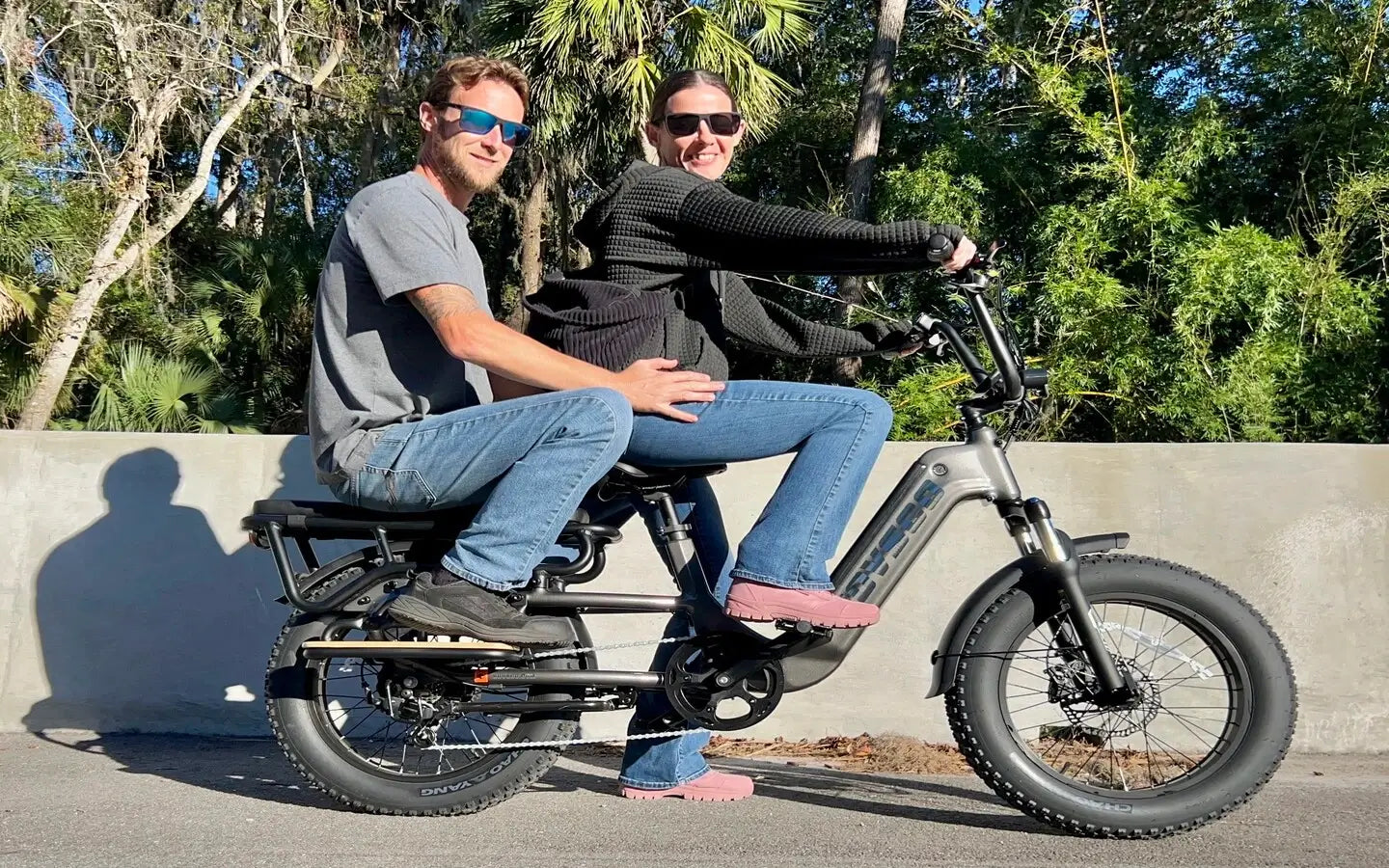
- by LiuJiazhu
Do Cargo Bicycles Reduce Emissions in Urban Logistics?
- by LiuJiazhu
Cargo bicycles significantly reduce emissions in urban logistics by replacing fossil-fuel vehicles, utilizing zero-tailpipe-pedal power, and enabling efficient last-mile delivery. Their compact design reduces traffic congestion and energy consumption while accessing areas restricted to trucks. For sustainable urban freight, cargo bikes offer a proven low-carbon alternative to traditional delivery methods.
Cargo bikes emit 98% less CO2 per kilometer than diesel vans through direct propulsion and renewable energy charging for electric-assist models. A London study showed cargo bike deliveries generate 33g CO2/km versus 210g for vans.
Technical specifications reveal diesel vans average 180-300g CO2/km depending on load efficiency, while pedal-only cargo bikes produce zero operational emissions. Electric cargo bikes with 250W motors using green energy grids achieve 5-15g CO2/km.
Pro Tip: Combine solar-charged batteries with cargo bike fleets for carbon-negative logistics. Amsterdam's "Cycle Logistics" project replaced 7% of commercial van trips with bikes, cutting 16,000 tonnes annual emissions – equivalent to 3,500 cars removed from roads. But what happens when scaling this solution city-wide? Transitional benefits multiply through reduced infrastructure wear and improved air quality.
| Metric | Cargo Bike | Delivery Van |
|---|---|---|
| CO2/km | 0-15g | 180-300g |
| Energy Source | Human/Solar | Diesel |
| Parking Efficiency | 90% space saved | Base model |
Optimal emission reductions require route optimization software and micro-consolidation hubs to handle 200-300kg payloads efficiently. Properly configured bikes achieve 18-25km/h urban speeds matching vans in congested zones.
Practical implementation demands 3-5km maximum service radii from distribution hubs to minimize human fatigue. GPS data from Berlin's KoMoDo project shows 87% of parcels travel under 4km in final delivery legs – perfect for bike logistics. Transitioning fleets requires workforce training in load balancing and safety protocols. UPS's "eQuad" pilots in Southampton reduced parcel van use by 13% through strategic midday replenishment cycles. How do weather patterns affect adoption? Cities like Copenhagen maintain 90%+ winter operation rates through heated cargo compartments and studded tires.
Yes, specialized models with 3m³ cargo boxes successfully transport appliances up to 2m length, achieving 300kg payloads comparable to small vans through reinforced frames and low-center designs.
Do electric cargo bikes negate emission benefits?When charged from renewable grids, e-cargo bikes maintain 95%+ emission advantages over ICE vehicles. Even coal-powered grids yield 70% reductions through superior energy efficiency.
Share:
Which Cargo Bike Offers Higher Energy Efficiency, Ebike Or Traditional?
What Maintenance Tips Prolong Electric Cargo Bicycle Battery Lifespan?